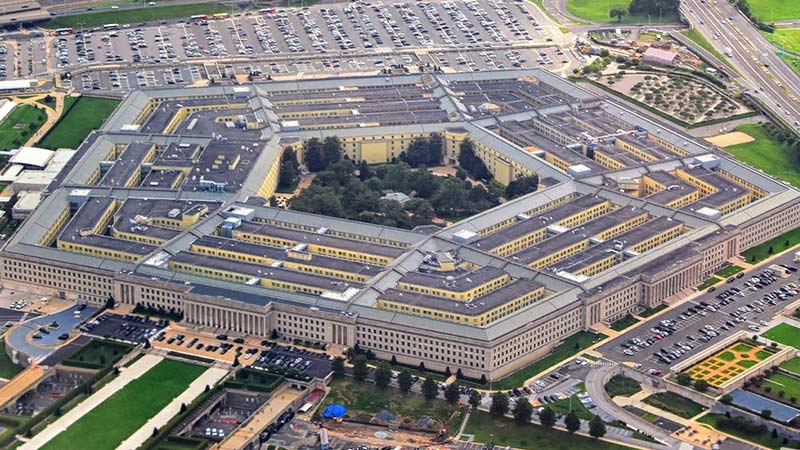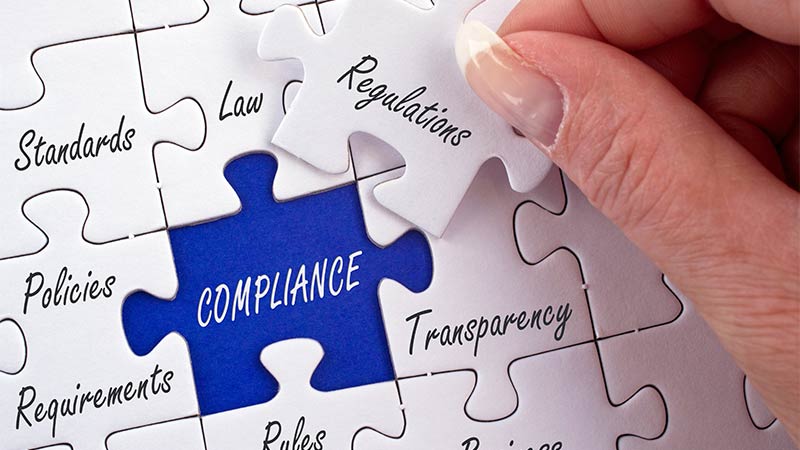Get CMMC Right the First Time: Why Scope Comes Before Everything Else
Author: Brian Blakley, Chief Risk Officer at Compliance Scorecard
When defense contractors call asking about CMMC Level 2 readiness, what's your first move? Some MSPs don’t know where to start. Others jump straight into gap assessments and tool evaluations while clients review contracts, update clauses, and pressure for answers. But they're missing the fundamental piece that determines everything else: What's actually in scope?
If that sounds familiar, this post is for you.
Case in Point: Lack of Scoping Creates Massive Waste and Friction
At Compliance Scorecard, we have seen firsthand the costly impact of skipping scoping. To take a recent example of a company that came to us after spending over $80,000 on a migration they didn’t need.
Rather than defining the boundary for CMMC certification, they pulled the entire enterprise into scope—systems, users, processes that had nothing to do with handling CUI—creating months of extra work, unnecessary tool costs, and new layers of friction in their business. Operational costs went through the roof. And they still weren’t ready.
When we stepped in, we helped them isolate what really mattered. We defined a proper enclave, reduced their scope by over 80%, and helped them avoid nearly six months of unnecessary remediation. They’re now on track to achieve Level 2 certification in less time and at a fraction of the cost. That’s what happens when scope comes first.
Why CMMC Scope Sets the Stage
CMMC Level 2 demands a complete picture of how Controlled Unclassified Information (CUI) moves through an organization:
- Who touches it?
- Which systems store or process it?
- What partners and service providers have access?
Drawing a boundary around that flow is the first step. Without it, any tool or control you put in place risks solving the wrong problem. Worse, overscoping pulls in systems that never needed to be included, creating extra costs, longer timelines, and complicated audit conversations later on.
Scoping also reveals whether a client might benefit from an enclave approach, keeping CUI tightly contained within a defined subset of users, systems, or networks. In some cases, especially for smaller clients, an enclave can dramatically reduce cost and friction in both the short and long term.
What We See Again and Again
Most gaps we uncover aren’t technical. Yes, some controls may be missing or incomplete, but the biggest blind spots involve ownership, documentation, and clarity about roles. Here are some of the most common issues we find:
- Policies that exist in someone’s head but not on paper
- Access control responsibilities that are assumed but never assigned
- Vendor dependencies that haven’t been validated
- Outdated network and system diagrams
- Physical security controls that haven’t been tested or documented
- Lack of evidence that security measures work as described
CMMC Level 2 certification means proving the controls are not just there, but that they are working and repeatable. That’s why a proper scoping exercise, combined with a real gap assessment, sets the stage for an effective roadmap.
The CMMC Roadmap is a Decision-Making Tool
What Clients Get from a Good Roadmap
A good roadmap goes beyond being a fix-it list, outlining how long the journey will take, how much it will cost, who's responsible for each step, and how new requirements will impact day-to-day business. It shows clients exactly what they're getting into.
What MSPs Gain
Roadmaps let MSPs build their services, statements of work, and proposals around real milestones based on facts rather than their best guess. We've seen roadmaps become the foundation for budget requests, contract negotiations, and internal business decisions.
The Stakes for MSPs
Roadmaps also help MSPs prepare for their own role in the audit process. Remember, the MSP is often considered an external service provider under CMMC. If you're not ready, your client's assessment can fail, putting both the entire contract and your reputation at risk.
The Biggest Misconceptions About CMMC Compliance
Myth #1: Technology Equals Compliance
One of the most common myths we hear from MSPs is that if they’ve set up firewalls, turned on MFA, and rolled out endpoint protection, their clients are ready. Technical measures are important, but they’re just one piece. Certification requires evidence, documentation, and proof that policies and processes actually work.
Myth #2: Small Clients Can't Handle CMMC Level 2
Another misconception: that CMMC Level 2 is out of reach for small clients. It's true that the framework is dense and the requirements are rigorous. But when MSPs approach it step by step—with a scoped environment, a clear roadmap, and shared responsibility—it becomes achievable.
All Together Now: Start with Scope
Before spending a dime on tools, assessments, or remediation, define the scope. That simple step can save tens of thousands of dollars and months of wasted effort. It also puts you in control of the conversation with clients, shifting from reactive answers to proactive guidance.
We offer a 30-minute strategy call that helps MSPs map out where to start. It’s not a sales pitch but a chance to avoid costly mistakes and walk away with practical language you can use with your clients immediately.
If you’re hearing questions about CMMC Level 2, remember: Scope first. Everything else follows.
Schedule a 30-minute strategy call to see how scoping sets the path to success and helps you build trust, simplify projects, and protect your clients’ revenue.
Read More



